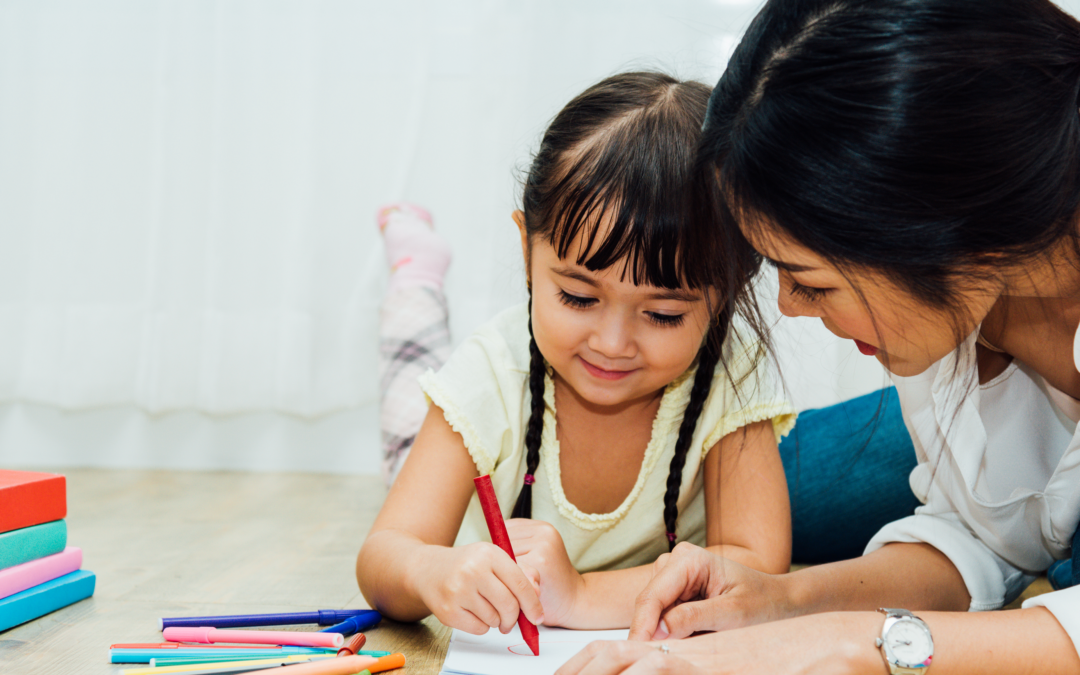In the enchanting realm of early childhood development, creativity and imagination stand as pillars that scaffold a child’s cognitive, emotional, and social growth. Encouraging these innate qualities not only fuels self-expression but also fosters problem-solving, innovation, and resilience. Let us embark on an exploration of strategies to nurture creativity and imagination across various age groups, illuminating their profound impact on a child’s holistic development.
Understanding the Essence of Creativity and Imagination in Child Development
Creativity and imagination serve as catalysts for a child’s exploration and understanding of the world around them. They lay the groundwork for innovation, emotional expression, and the development of critical thinking skills, shaping a child’s identity and approach to learning.
Fostering Creativity and Imagination Across Developmental Stages
Early Years (Ages 2-5)
For toddlers and preschoolers, fostering creativity and imagination involves sensory experiences, exploration, and pretend play:
- Sensory Play: Activities like sand and water play, finger painting, or playdough sculpting stimulate creativity and sensory exploration.
- Role-Playing: Encouraging pretend play with costumes or props nurtures imagination and social skills.
- Storytelling and Imaginary Play: Reading stories and engaging in imaginative play sessions fuel creativity and language development.
Middle Childhood (Ages 6-11)
As children enter the elementary years, opportunities for creativity and imagination expand to include more complex activities:
- Arts and Crafts: Engaging in painting, drawing, or crafting projects fosters self-expression and creativity.
- Creative Writing or Storytelling: Encouraging children to write stories or create their narratives nurtures imagination and language skills.
- Music and Performing Arts: Participation in music, theater, or dance activities ignites creativity and self-confidence.
Adolescence (Ages 12+)
Teenagers benefit from avenues that allow for deeper self-expression and exploration:
- Visual Arts Exploration: Providing opportunities for experimenting with various art mediums or photography encourages creative expression.
- Creative Projects or Entrepreneurial Ventures: Encouraging the pursuit of self-initiated projects or entrepreneurial endeavors fosters innovation and problem-solving skills.
- Exploration of Digital Media and Design: Engaging in digital art, graphic design, or multimedia projects allows for creative expression in contemporary mediums.
Strategies to Foster Creativity and Imagination
- Creating an Environment Conducive to Creativity: Offer diverse materials, open spaces, and tools that stimulate curiosity and exploration.
- Encouraging Divergent Thinking: Embrace and celebrate multiple solutions and ideas, fostering a culture where creativity is valued and encouraged.
- Facilitating Open-Ended Play and Exploration: Allow ample time for unstructured play and exploration where children can experiment and create without constraints.
- Supporting and Validating Creative Efforts: Encourage risk-taking and experimentation, celebrating children’s efforts and outcomes regardless of the result.
Case Studies in Fostering Creativity and Imagination
Case 1: Mia’s Artistic Journey (Age 6)
Mia displayed a keen interest in painting. Her caregiver provided a variety of art materials and encouraged her to explore different painting techniques. Mia’s confidence soared as she experimented with colors and techniques, expressing her imagination through her artwork.
Case 2: Liam’s Music Exploration (Age 10)
Liam showed an inclination towards music. His educator introduced him to musical instruments and allowed him to explore various genres. Liam’s creative expression blossomed as he experimented with sounds and rhythms, discovering his passion for music.
Nurturing Creative Minds for Lifelong Learning
Creativity and imagination serve as catalysts for innovation, problem-solving, and self-expression, nurturing skills that transcend the boundaries of traditional education. By fostering a creative environment and providing diverse opportunities for exploration, educators and caregivers lay the groundwork for a child’s lifelong journey of discovery and learning.
If you are a nanny and are interested in learning more about caring for children, check out the Nanny Institute’s Newborn and Infant Professional Certification Program.


Recent Comments